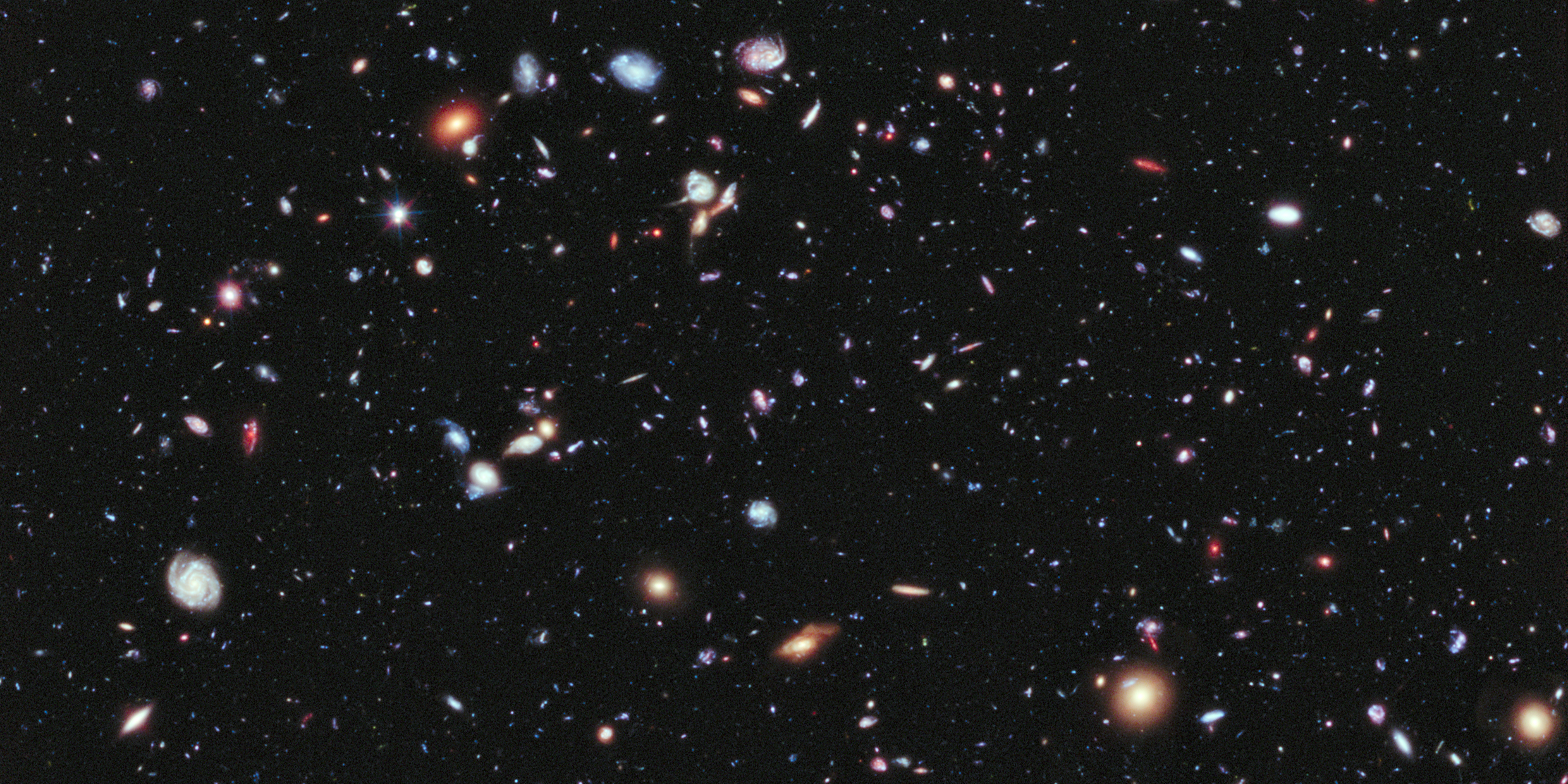Originally published 5 June 1995
I push back the desks and make a model of the Milky Way Galaxy on the floor with a box of ordinary kitchen salt. I sprinkle the salt into a dense nucleus at the center, then add sweeping spiral arms. The grains glitter against the dark tiles.
With the students, I talk about the galaxy, its shape, size, and rotation. We pick a salt grain about two-thirds of the way out from the center and call it our Sun. We identify other grains as stars we have learned: Sirius, Rigel, Betelgeuse, Aldebaran, the Pleiades.
We explore the celestial neighborhood.
The salt model of the galaxy makes a wonderful teaching tool, but it is inaccurate in one significant respect: The number of salt grains in a box is far too few to represent the number of stars in the galaxy.
We do a back-of-the-envelope calculation and discover that to have the correct number of grains we would need 10,000 boxes of salt! Clearly, if I poured 10,000 boxes of salt on the classroom floor it would fill the room to the ceiling. Something is wrong.
The grains of salt are too big to be stars compared to the size of the galaxy on the floor. To make things right, I should sprinkle those 10,000 boxes of salt into a spiral larger than a cross-section of the Earth.
The scale of our model may be wrong, but, the calculation is one the student will never forget: Our Milky Way Galaxy contains 10,000 salt boxes of stars.
Later in the semester, I push back the desks a second time and sprinkle a box of salt randomly over the floor. This time each grain represents a galaxy, another Milky Way of stars.
The floor is white with salt, each grain a galaxy. We do another back-of-the-envelope calculation and discover that the number of grains on the floor is only a tiny fraction of the number of galaxies that astronomers have photographed.
I tell the students about the time I had an opportunity to examine a glass survey plate from the Anglo-Australian photographic survey of the southern sky. The plate was about the size of a newspaper page, and covered a patch of sky that to the naked-eye might not reveal a single star.
The photographic plate seemed sprinkled with dots, as dense as the salt grains on the floor. When I examined the dots with a high- powered magnifier, many of them became perfect galactic spirals.
I ask my students to imagine getting down on the floor and examining each salt grain with a magnifier and seeing it as a galaxy — delicate, beautiful, dense with stars.
A thousand salt boxes of galaxies (and that’s just the ones we can see), each galaxy containing 10,000 salt boxes of stars, each star possibly shepherding a family of planets: The boxes of salt scattered on the floor are an excellent visual aid for comprehending these almost incomprehensible numbers.
And, invariably, a student will say, “It makes me feel so insignificant.”
I reply: “I didn’t become a teacher to make people feel insignificant.”
Our response should be just the opposite.
Yes, it is true that on the physical scale of the universe we are vanishingly small. Yes, it is true that we live on a typical planet, near a typical star, in a typical neighborhood of a typical galaxy. Yes, it may even be true that in the universe of galaxies we are a relatively undeveloped form of life and intelligence.
But the appropriate measure of our significance is not the universe out there; it’s the one we carry around in our heads.
The universe in our heads is an invented universe, a product of human imagination. We try in every way we can to ensure that it coincides with the universe out there. We use the rigor of mathematics to avoid the ambiguities and biases of ordinary language. We devise wonderful instruments — the Hubble Space Telescope, for example — to extend our perceptions. We rely on the insights of geniuses such as Copernicus, Galileo, Newton, and Einstein.
Over the centuries, the universe in our heads has grown larger and larger. It is currently billions of light-years in diameter, billions of years old, containing more stars and planets than there are grains of salt in all the salt boxes on all the supermarket shelves of the world.
And yet it is in our heads, and therefore we are greater than it, greater than the universe of salt-sprinkled galaxies.
Are we insignificant? Hardly. The way I figure it, the more voluminous and complex becomes the universe described by science, the more amazingly significant become the heads that contain it.



